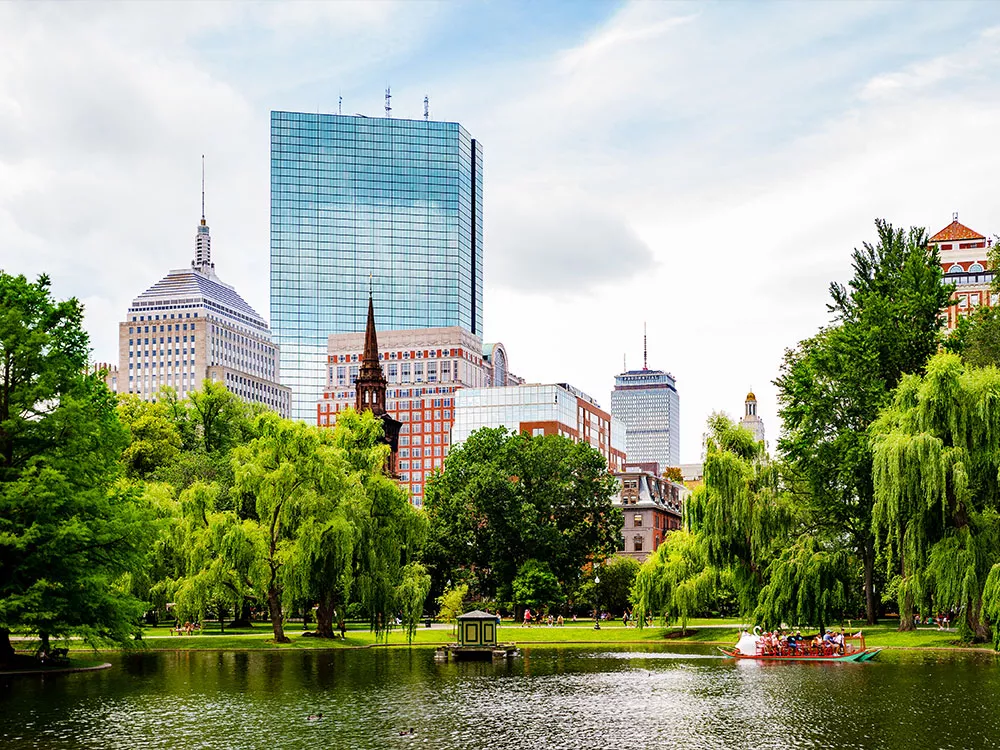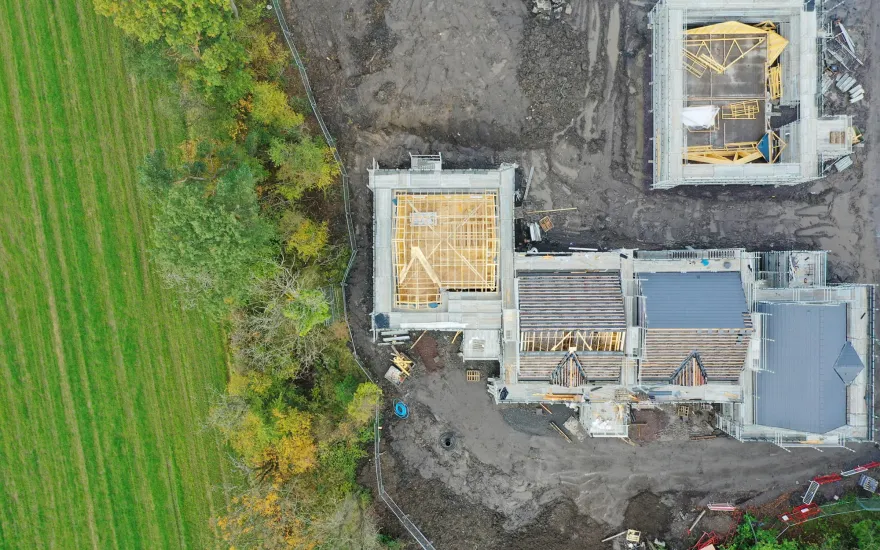Now live: The 2025 Canopy Report. Learn how Americans see trees. GET THE REPORT
Bulletin
How to Kill a Tree
No, the editor has not gone mad, nor has the Arbor Day Foundation reversed its role of promoting good tree care! Instead, we hope we have gained your attention with the bit of reverse psychology in the title and throughout this issue. The urgency to spotlight needless destruction of trees has reached a critical level.

Most of the destruction is preventable — if people only realized the effects of their actions.
An analysis of tree cover in 20 American cities found that in 17 of the communities studied, tree cover was declining. The U.S. Forest Service pegged this loss at a rate of about 4 million trees per year. Other studies have verified that street trees are often removed without replacement.
In short, we are losing ground. We are slowly losing our familiar urban greenery and the many benefits that trees provide for our enjoyment, health, and economic well-being.
To reverse the trend, there are two major ways to attack the problem. One is to plant more trees. This has long been the goal of the Arbor Day Foundation. The other way is to prolong the lives of trees that we already have — a major objective of the Tree City USA program and this bulletin. This issue is particularly dedicated to increasing the awareness of what every citizen and municipality can do to keep trees alive and healthy — longer.
In This Bulletin
Here’s what’s inside:
- City Life is Tough for Trees – understanding the challenges urban trees face
- Construction Can Be Deadly to Trees – how trees can be killed or spared during construction
- Tree Mortality and the Community Forestry Program – ranking the top 10 community tree killers
